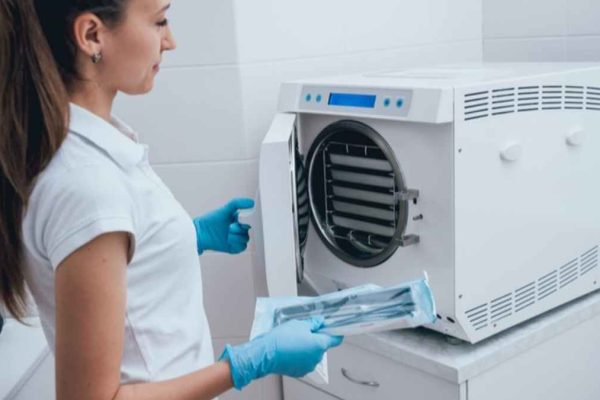Maintaining a safe manufacturing environment is essential to protecting your workers while they are on the job. However, when it comes to a fast paced manufacturing environment, things can get a little challenging.
But it’s imperative to stay on top of operations to make sure that everyone is safe. There are nearly 2.8 million non-fatal workplace injuries that occur each year. To make sure that your employees don’t become one of those statistics, continue reading the information below to learn how to establish health and safety in the workplace.
Table of Contents
1. Listen to Your Factory Workers
Your employees work on the front lines of your factory every day, so they know what it takes to create a safe manufacturing environment. In most manufacturing companies, the managers and upper team employees have an internal strategy for keeping the workplace secure.
However, the workers themselves are rarely asked what they need and what they experience while out in the field. Before making decisions on manufacturing challenges, be sure to consult your workers. They are the best option for helping you and your business operate smoothly.
Also, if they are any protocols that are not working, don’t be afraid to remove them from workflow processes. There is nothing wrong with taking advice and getting helpful solutions from employees.
After all, they are what makes the manufacturing operation possible.
2. Give Ongoing Training to Employees
If you want a safe workplace for your employees, you have to provide training— especially in a fast paced manufacturing environment. Technology is always changing and most likely your manufacturing processes are changing as well.
As those shifts occur, you must keep your workers up to date. Not only that, but sometimes training also keeps protocol fresh in your workers’ minds.
In addition to providing training, it’s also a good idea to support your employees. Don’t give them an hour of courses, and leave them hanging. Have a manager or supervisor around to assist them for a week or two after training is over.
3. Find Ways to Streamline Manufacturing Processes
If your company’s manufacturing methods are complicated, chances are your workers will spend more time trying to figure out how to do the job instead of actually doing it. Therefore, you and your team should always look for ways to simplify operations and make things more efficient.
One of the best ways to do this is to provide resources to your workers that they can check themselves. If one of your employees has a question, you don’t want them having to leave production just to find a supervisor.
Put up quick guide information around the work area and provide access to mobile documentation that offers training material and other helpful resources.
4. Make Health and Safety Information Accessible
To maintain health and safety in manufacturing environments, employees need access to work safety materials. They must know what to do if anything goes wrong and they need to understand the procedures for keeping themselves protected.
You should put up information regarding workplace safety in areas where all factory workers can see it. In a manufacturing environment, things can go wrong quickly. Therefore, you want to make sure that your employees never have to search too much for helpful resources.
You can also provide this information through technology like work apps and workplace web portals.
5. Provide Security for Personal Information
Protecting your workers in a manufacturing environment isn’t just about physical safety. As an employer, your objective should be to protect your employees on all sides. Part of that protection is making sure that your company’s IT data is shielded.
These days hackers target industrial control systems to gain access to personal information. Make sure that your IT team has the best programs in place to protect sensitive data from potential breaches.
Speaking of digital protection, follow the highlighted link to learn more about overcoming wireless challenges in a manufacturing environment.
6. Update Your Machinery
In a fast-paced manufacturing environment, the risk of injury is high. This is especially true for new, inexperienced workers. The best way to combat this issue is to use ergonomic machinery that doesn’t require as many repetitive motions or awkward placement of the body to operate the equipment.
Incorporate machinery that has up-to-date safety features that make operations run more efficiently.
7. Implement Smart Safety
These days, smart safety design is making its way into the factories. By incorporating these systems into your business operations, it helps to minimize design cost, wiring, and unexpected downtime.
Plus, smart equipment provides safety and control devices, smart sensing, and other control features to help enhance safety. Smart systems can also control access to machinery, so only trained and authorized workers can use certain equipment.
This type of system enhances safety, security, and productivity.
8. Properly Train Supervisors and Managers
A manufacturing environment can get a bit hectic when workloads are heavy. However, it’s important that your managers and supervisors don’t stray from company policy.
Make it a priority to enforce safety-first measures and ensure that managers are not putting workers in a position to potentially get hurt. Your management team should never compromise an employee’s safety in order to get operations done faster.
Create a Safe Manufacturing Environment
It’s not impossible to create a safe manufacturing environment. If you follow the suggestions listed above, you can tremendously cut down on workplace accidents and injuries.
If this information was helpful, feel free to read more of our website. We publish content regarding technology, business matters, the internet, and more!





